In the dynamic landscape of logistics and transportation, ensuring the safety of delivery drivers is paramount. At CarMax Vehicle, we understand that the backbone of a successful delivery operation lies in the well-being and efficiency of its drivers. This comprehensive guide delves into essential safety tips tailored for delivery drivers, emphasizing best practices, preventive measures, and the integration of advanced technologies to foster a secure and productive driving environment.
Importance of Delivery Driver Safety
Delivery drivers navigate a multitude of challenges daily, from varying weather conditions to high traffic volumes. Prioritizing safety not only protects drivers from potential hazards but also enhances overall operational efficiency, reduces costs associated with accidents, and upholds the reputation of the delivery service. A commitment to safety cultivates a culture of responsibility and care, ensuring that drivers perform their duties effectively while minimizing risks.
Pre-Trip Vehicle Inspections
A thorough pre-trip inspection is the first line of defense against potential vehicle malfunctions and accidents. Regular checks ensure that the semi-trailer is in optimal condition, reducing the likelihood of breakdowns and ensuring compliance with safety regulations.
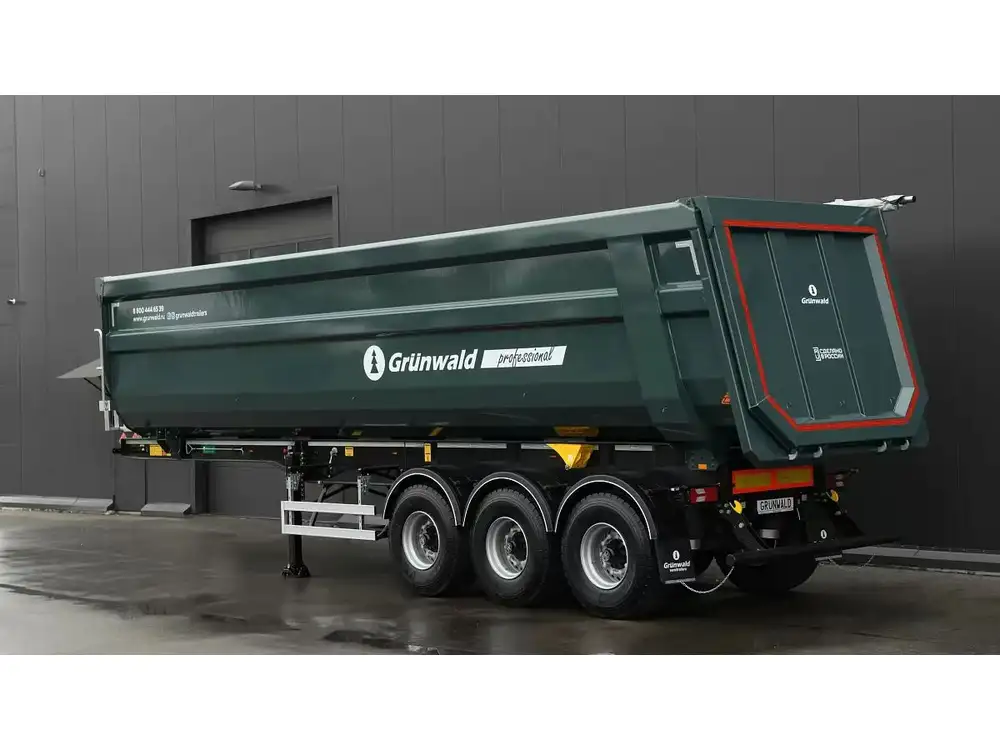
Essential Pre-Trip Inspection Checklist
| Component | Inspection Details |
|---|---|
| Brakes | Check for proper function, wear, and adequate fluid levels. |
| Tires | Inspect for proper inflation, tread depth, and damage. |
| Lights | Ensure all headlights, brake lights, and indicators work. |
| Mirrors | Verify that mirrors are clean and properly adjusted. |
| Load Security | Confirm that cargo is securely fastened and evenly distributed. |
| Fluid Levels | Check oil, coolant, and other essential fluid levels. |
| Emergency Equipment | Ensure availability and accessibility of fire extinguishers, first aid kits, and reflective triangles. |
Conducting these inspections systematically can prevent unexpected issues, enhancing the safety and reliability of delivery operations.
Proper Loading and Securing of Cargo
The manner in which cargo is loaded and secured directly impacts the stability and handling of the semi-trailer. Proper loading techniques prevent shifts during transit, which can lead to accidents and cargo damage.
Best Practices for Cargo Loading
- Even Weight Distribution: Distribute weight evenly across the trailer to maintain balance and stability.
- Utilize Tie-Downs: Use straps, ropes, and other tie-down mechanisms to secure cargo firmly.
- Avoid Overloading: Adhere to weight limits to prevent excessive strain on the vehicle and reduce the risk of accidents.
- Stack Appropriately: Place heavier items at the bottom and lighter items on top to maintain a low center of gravity.
- Check Securing Points: Regularly inspect securing points to ensure they remain intact and effective throughout the journey.
Implementing these practices enhances the safety of both the driver and the cargo, ensuring timely and secure deliveries.

Safe Driving Practices
Adopting safe driving practices is essential for minimizing risks on the road. These practices not only protect the driver but also other road users and the integrity of the cargo.
Key Safe Driving Practices
- Adhere to Speed Limits: Maintain appropriate speeds according to road conditions and regulatory limits.
- Maintain Safe Following Distances: Keep sufficient distance from the vehicle ahead to allow ample reaction time.
- Use Signals Effectively: Communicate intentions through timely and clear use of turn signals and brake lights.
- Avoid Distractions: Minimize distractions by staying focused on the road and avoiding unnecessary activities while driving.
- Regular Breaks: Take scheduled breaks to prevent fatigue and maintain alertness during long drives.
Consistency in these practices fosters a safe driving environment and reduces the likelihood of accidents.
Defensive Driving Techniques
Defensive driving involves anticipating potential hazards and reacting proactively to ensure safety. By adopting defensive driving techniques, delivery drivers can navigate complex traffic scenarios with greater confidence and control.
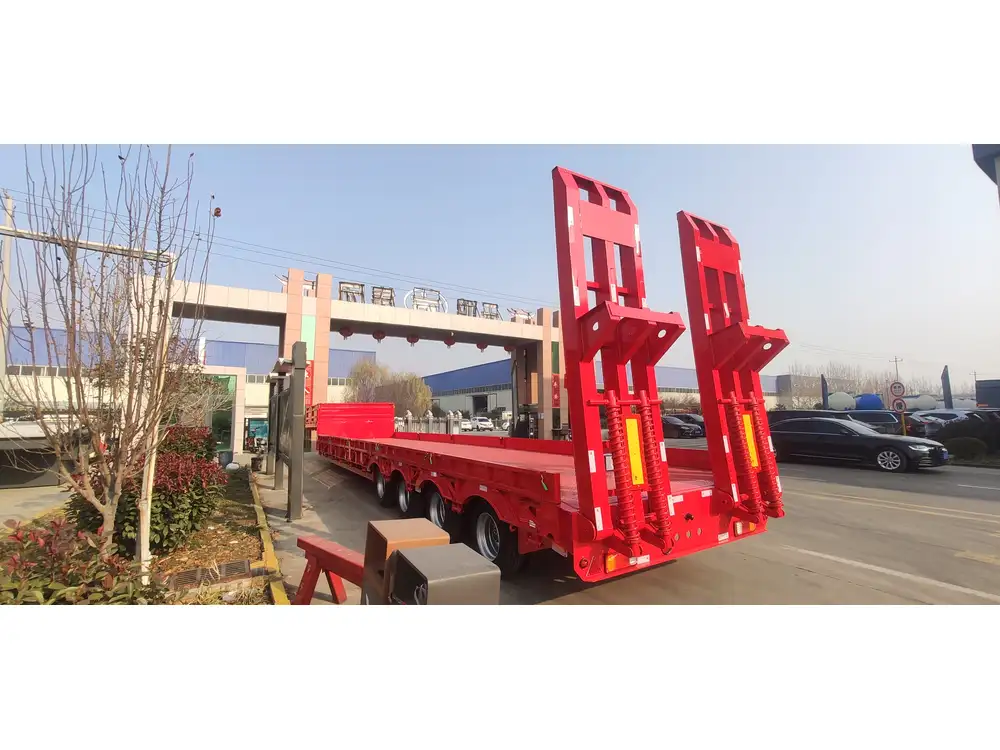
Core Defensive Driving Strategies
- Stay Vigilant: Continuously monitor surroundings for potential hazards, including aggressive drivers and changing weather conditions.
- Predict Other Drivers’ Actions: Anticipate the movements of other vehicles to adapt driving strategies accordingly.
- Maintain Situational Awareness: Stay aware of road conditions, traffic patterns, and potential obstacles.
- Plan Ahead: Identify safe zones and escape routes in case of unexpected situations.
- Control Emotions: Remain calm and composed, avoiding road rage and impulsive reactions.
Incorporating these strategies enhances the driver’s ability to manage unforeseen challenges effectively.
Handling Adverse Weather Conditions
Weather can significantly impact driving safety. Being prepared and equipped to handle adverse weather conditions ensures that delivery operations remain safe and efficient.
Tips for Driving in Various Weather Conditions

Rain
- Reduce Speed: Lower speed to accommodate reduced visibility and increased stopping distances.
- Use Headlights: Enhance visibility by using headlights, even during daylight.
- Avoid Hydroplaning: Maintain tires in good condition and avoid sudden maneuvers to prevent hydroplaning.
Snow and Ice
- Equip Proper Tires: Use winter tires with adequate tread for better traction.
- Increase Following Distance: Allow more space between vehicles to account for slippery conditions.
- Avoid Sudden Movements: Make gradual movements to maintain control on icy surfaces.
Fog
- Use Low-Beam Headlights: Improve visibility without reflecting light back and impairing vision.
- Employ Fog Lights: Utilize specialized fog lights if available.
- Reduce Speed: Drive cautiously and adjust speed to visibility levels.
Preparing for and adapting to different weather conditions is crucial for maintaining safety during deliveries.
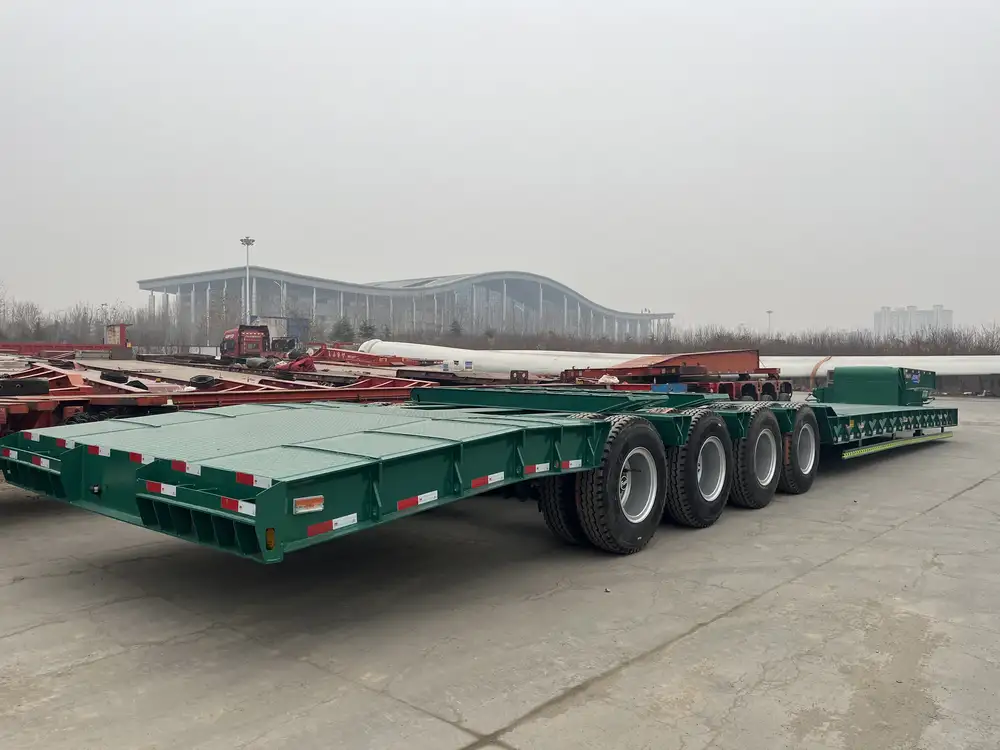
Ergonomic Practices to Prevent Fatigue
Fatigue is a significant risk factor for delivery drivers, leading to decreased alertness and slower reaction times. Implementing ergonomic practices helps mitigate fatigue and promotes overall well-being.
Strategies to Combat Driver Fatigue
- Regular Breaks: Schedule frequent breaks to rest and recharge during long drives.
- Comfortable Seating: Ensure that seating provides adequate support and adjust positions to minimize strain.
- Proper Hydration and Nutrition: Maintain hydration and consume balanced meals to sustain energy levels.
- Sleep Management: Prioritize sufficient sleep before shifts to ensure optimal performance.
- Exercise and Stretching: Incorporate light exercises or stretching during breaks to improve circulation and reduce muscle tension.
Adopting these strategies enhances driver alertness and reduces the risk of fatigue-related incidents.
Utilizing Technology for Enhanced Safety
Advanced technologies play a pivotal role in enhancing delivery driver safety. Integrating these technologies with semi-trailers manufactured by CarMax Trailer ensures a modern and secure driving experience.

Essential Safety Technologies
- GPS Navigation Systems: Provide real-time traffic updates and route optimization to avoid congested or hazardous areas.
- Electronic Logging Devices (ELDs): Monitor driving hours and ensure compliance with regulations to prevent overworking.
- Collision Avoidance Systems: Utilize sensors and alerts to prevent potential collisions through automatic braking and lane departure warnings.
- Telematics: Offer insights into vehicle performance and driver behavior, enabling proactive maintenance and training.
- Dash Cameras: Record driving instances for review and evidence in case of accidents.
Integrating these technologies into delivery operations amplifies safety measures and fosters a proactive safety culture.
Compliance with Regulations and Continuous Training
Adhering to industry regulations and engaging in continuous training are fundamental for maintaining high safety standards. Compliance ensures that delivery operations meet legal requirements, while ongoing training equips drivers with the knowledge and skills to handle diverse scenarios.
Key Compliance and Training Areas
- Hours of Service (HOS) Regulations: Monitor and manage driving hours to prevent fatigue and ensure rest periods.
- Vehicle Maintenance Standards: Maintain vehicles according to manufacturer guidelines and regulatory standards.
- Safety Protocols: Implement and enforce standardized safety procedures for various driving conditions.
- Defensive Driving Courses: Provide training programs that enhance defensive driving skills and hazard recognition.
- Emergency Response Training: Educate drivers on appropriate actions during emergencies, including accident protocols and first aid.
Commitment to compliance and training cultivates a knowledgeable and responsible driver workforce, essential for safe and efficient delivery operations.

Table: Comparative Analysis of Safety Measures Before and After Implementation
| Safety Measure | Before Implementation | After Implementation |
|---|---|---|
| Pre-Trip Inspections | Inconsistent checks leading to undetected issues. | Systematic inspections reducing vehicle-related risks. |
| Cargo Securing | Irregular securing methods causing shifts and damage. | Standardized securing techniques ensuring stability. |
| Driver Training | Limited training resulting in unsafe driving practices. | Comprehensive training enhancing safety and compliance. |
| Technology Integration | Minimal use of safety technologies. | Advanced technologies actively preventing accidents. |
| Break Schedules | Irregular breaks contributing to driver fatigue. | Structured breaks reducing fatigue and increasing alertness. |
Implementing robust safety measures significantly elevates the overall safety and efficiency of delivery operations.
List: Benefits of Prioritizing Driver Safety
- Reduced Accident Rates: Lower frequency of accidents minimizes injuries and property damage.
- Cost Savings: Decreased expenses related to accident repairs, insurance premiums, and legal fees.
- Enhanced Reputation: Demonstrates commitment to safety, attracting clients and reliable drivers.
- Improved Driver Retention: Safe working conditions contribute to higher job satisfaction and retention rates.
- Operational Efficiency: Fewer disruptions and delays result in smoother and more reliable delivery schedules.
Focusing on driver safety yields multifaceted benefits, reinforcing the sustainability and success of delivery businesses.
Implementing a Safety Culture with CarMax Trailer
At CarMax Trailer, we advocate for a comprehensive safety culture that permeates every aspect of delivery operations. Our semi-trailers are engineered with safety as a core feature, incorporating the latest technologies and design innovations to support safe driving practices.
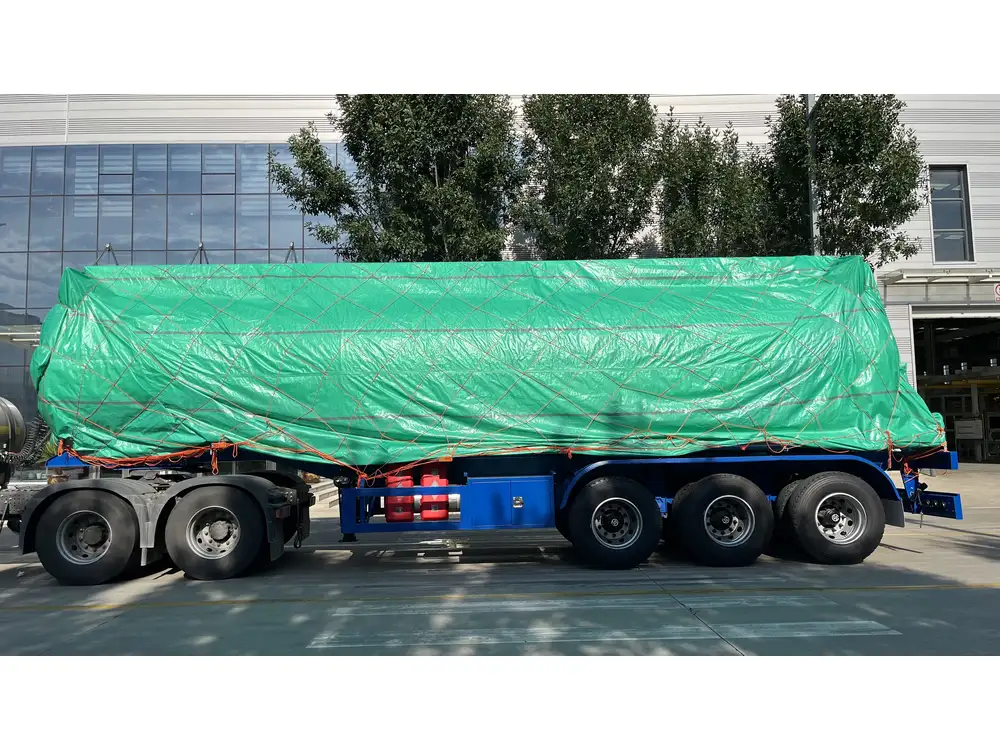
Features of CarMax Trailers Enhancing Safety
- Advanced Braking Systems: Equipped with precision braking mechanisms to ensure reliable stopping power.
- Enhanced Visibility: Incorporation of high-intensity LED lighting and wide-angle mirrors for better visibility.
- Sturdy Construction: Robust frame design to withstand harsh conditions and impacts.
- Ergonomic Cab Design: Comfortable and adjustable driver cabins promoting reduced fatigue and increased alertness.
- Integrated Telematics: Real-time monitoring systems providing data-driven insights into driving behavior and vehicle performance.
By choosing CarMax Trailer, delivery operations benefit from top-tier safety features that align with best practices and regulatory standards.
Proactive Maintenance and Its Role in Safety
Regular and proactive maintenance of semi-trailers is essential for ensuring that all safety systems function correctly. Preventative maintenance identifies and addresses potential issues before they escalate, maintaining the reliability and safety of the vehicle fleet.
Maintenance Best Practices
- Scheduled Inspections: Adhere to a strict maintenance schedule based on manufacturer recommendations and usage patterns.
- Prompt Repairs: Address any detected issues immediately to prevent further complications.
- Record Keeping: Maintain detailed logs of maintenance activities for accountability and regulatory compliance.
- Component Upgrades: Replace outdated or worn components with modern, reliable alternatives to enhance safety.
Investing in proactive maintenance safeguards the longevity of the fleet and upholds the highest safety standards.
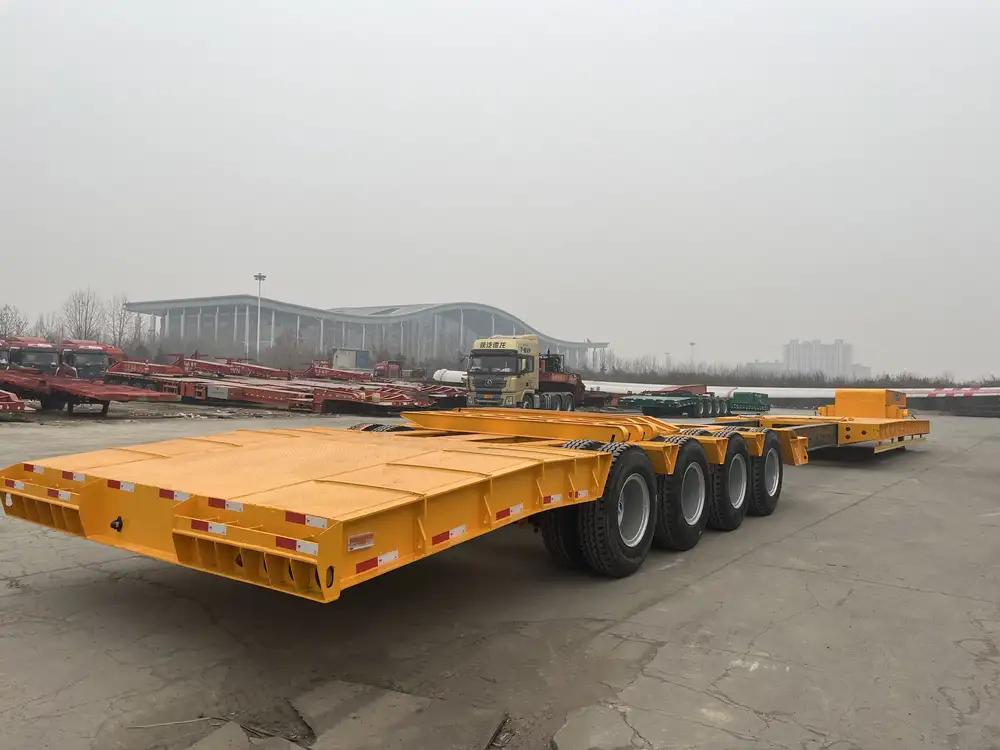
Ergonomic Design for Driver Comfort and Safety
Driver comfort directly influences safety and performance. Ergonomic design considerations in semi-trailers enhance driver comfort, reducing fatigue and enabling better control over the vehicle.
Ergonomic Features to Consider
- Adjustable Seating: Chairs that can be tailored to individual driver preferences for optimal support.
- Climate Control Systems: Maintain comfortable cabin temperatures regardless of external weather conditions.
- User-Friendly Dashboard: Intuitive layout of controls and displays for easy access and minimal distraction.
- Noise Reduction: Implement soundproofing materials to reduce cabin noise and enhance concentration.
- Accessibility Features: Ensure that essential controls and tools are within easy reach to facilitate quick and safe operations.
Ergonomic enhancements contribute to a safer and more pleasant driving experience, fostering long-term driver well-being.
Emergency Preparedness and Response
Despite taking all precautions, emergencies can still occur. Being prepared and knowing how to respond effectively can mitigate the impact of unforeseen incidents.
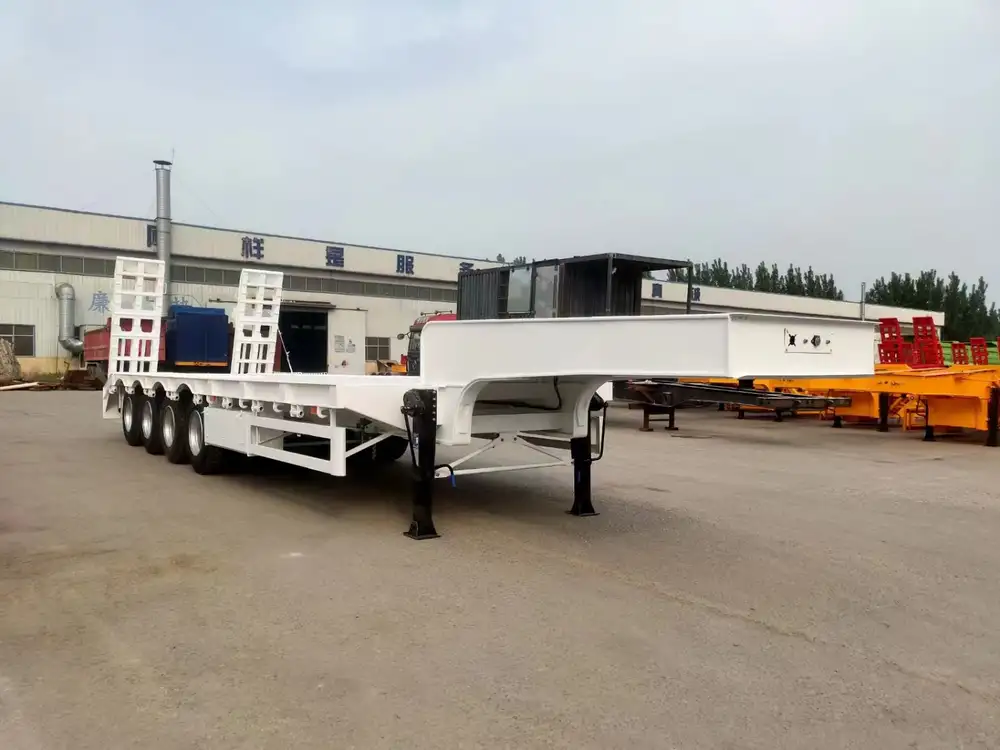
Key Elements of Emergency Preparedness
- Emergency Kits: Equip vehicles with first aid supplies, emergency tools, and communication devices.
- Training Programs: Educate drivers on emergency procedures, including accident response and basic first aid.
- Communication Protocols: Establish clear channels for reporting incidents and seeking assistance promptly.
- Evacuation Plans: Develop and familiarize drivers with evacuation routes and safe zones.
- Regular Drills: Conduct periodic drills to ensure drivers are prepared to handle emergencies confidently.
Preparedness ensures that drivers can respond swiftly and effectively, minimizing harm and facilitating recovery during emergencies.
Promoting Mental Health and Well-Being
Mental health is a critical component of overall driver safety and performance. Addressing mental well-being enhances focus, decision-making, and resilience in the face of challenges.
Strategies to Support Driver Mental Health
- Work-Life Balance: Encourage reasonable work hours and time off to prevent burnout.
- Access to Support Services: Provide resources such as counseling and mental health programs.
- Peer Support Networks: Foster a supportive community where drivers can share experiences and seek assistance.
- Stress Management Training: Offer workshops and training on managing stress and building coping mechanisms.
- Healthy Work Environment: Create a positive and inclusive workplace that values and respects drivers.
Supporting mental health cultivates a more engaged, motivated, and safe driving workforce.

Leveraging Data for Continuous Improvement
Data-driven approaches enable ongoing assessment and enhancement of safety measures. By analyzing operational data, delivery services can identify trends, address vulnerabilities, and implement targeted improvements.
Key Data Points to Monitor
- Accident and Incident Reports: Track and analyze the frequency and causes of accidents to identify areas for improvement.
- Driver Performance Metrics: Monitor metrics such as speed compliance, braking patterns, and adherence to schedules.
- Vehicle Maintenance Records: Analyze maintenance data to predict and prevent potential vehicle failures.
- Customer Feedback: Incorporate feedback related to delivery experiences to address operational gaps.
- Safety Audits: Conduct regular audits to evaluate the effectiveness of safety protocols and training programs.
Utilizing data insights facilitates informed decision-making and fosters a culture of continuous safety enhancement.
Building a Collaborative Safety Framework
Safety is a collective responsibility that involves collaboration among drivers, management, and stakeholders. Building a collaborative safety framework ensures that all parties are aligned and committed to maintaining high safety standards.

Components of a Collaborative Safety Framework
- Open Communication Channels: Encourage transparent and honest communication regarding safety concerns and suggestions.
- Shared Safety Goals: Establish common objectives that prioritize safety across all levels of the organization.
- Inclusive Decision-Making: Involve drivers in the development and implementation of safety policies and procedures.
- Recognition and Rewards: Acknowledge and reward safe driving behaviors and contributions to safety improvements.
- Continuous Feedback Loop: Implement mechanisms for ongoing feedback and iterative enhancements to safety practices.
A collaborative framework fosters mutual accountability and sustained commitment to safety excellence.
Conclusion
Prioritizing delivery driver safety is integral to the success and sustainability of logistics operations. By adopting comprehensive safety tips, from pre-trip inspections and proper cargo securing to leveraging advanced technologies and fostering a supportive safety culture, delivery services can ensure the well-being of their drivers and the integrity of their operations. At CarMax Vehicle, we are dedicated to equipping our partners with the tools and knowledge necessary to achieve the highest safety standards, driving excellence in every delivery.
Frequently Asked Questions

1. What are the most critical safety checks a delivery driver should perform before starting their route?
Before starting a route, delivery drivers should conduct a thorough pre-trip inspection, which includes checking brakes, tires, lights, mirrors, fluid levels, and ensuring that the cargo is securely fastened. This systematic approach helps identify and address potential issues that could compromise safety during transit.
2. How can advanced technologies enhance delivery driver safety?
Advanced technologies, such as collision avoidance systems, GPS navigation, electronic logging devices, telematics, and dash cameras, provide real-time data and alerts that help drivers navigate safely, monitor vehicle performance, comply with regulations, and respond promptly to potential hazards. These technologies act as supportive tools that enhance situational awareness and decision-making.
3. What role does ergonomic design play in delivery driver safety?
Ergonomic design significantly impacts driver comfort and reduces fatigue, which are critical factors in maintaining alertness and control while driving. Features like adjustable seating, climate control, user-friendly dashboards, and noise reduction contribute to a comfortable and supportive driving environment, promoting overall safety and performance.
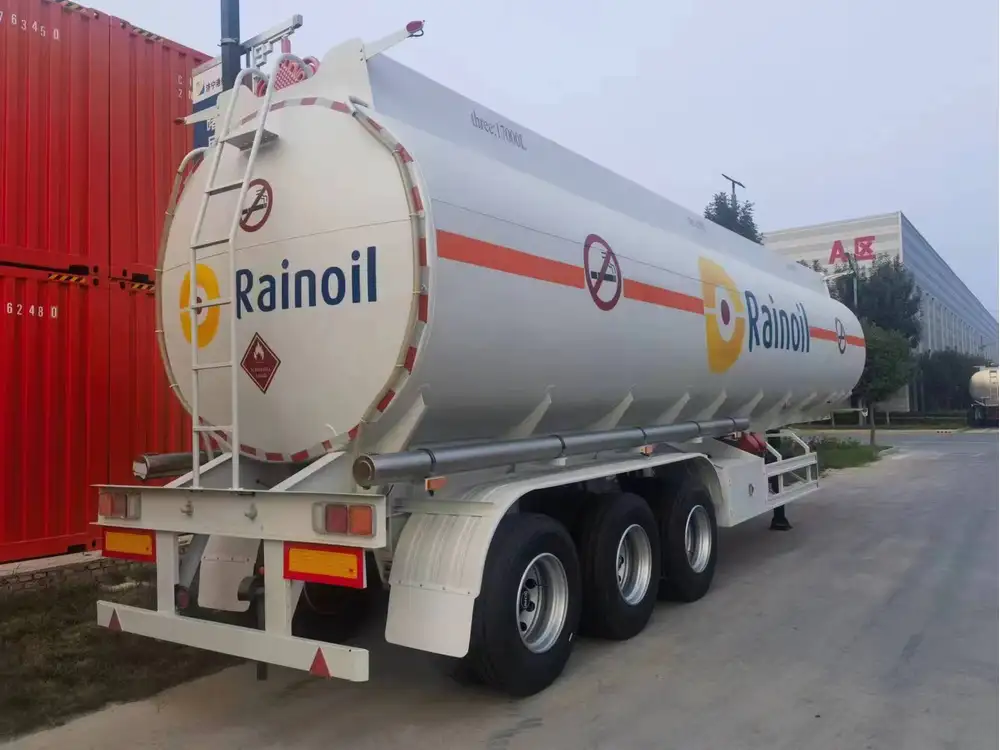
4. How important is continuous training for delivery drivers concerning safety?
Continuous training is essential for keeping delivery drivers informed about the latest safety protocols, regulations, and best practices. Ongoing education ensures that drivers are equipped to handle diverse driving conditions, respond effectively to emergencies, and adopt safe driving behaviors consistently, thereby enhancing overall safety and compliance.
5. What measures can delivery companies take to support the mental health of their drivers?
Delivery companies can support drivers’ mental health by promoting a healthy work-life balance, providing access to mental health resources and counseling, fostering peer support networks, offering stress management training, and creating a positive and inclusive work environment. These measures help drivers maintain their mental well-being, which is crucial for safe and effective driving.



